Christopher Yates walked across the exam room and hoisted himself onto the table with all the confidence of an active 5-year-old boy.
Such an ordinary thing.
And so extraordinary, as well.
Born with severe clubfoot, Christopher has earned these leaps and bounds through years of treatment—a methodical medical approach combined with steadfast love and dedication from his parents.
“It’s been a long haul,” said his mom, Jackie Yates, as Christopher wiggled his feet side to side. “But look at us now. I couldn’t be happier.”
Jackie and Kyle Yates, who live in Berrien Springs, Michigan, learned when she was 16 weeks pregnant that their first child had clubfoot.
Christopher arrived early—at 28 weeks—weighing only 2 1/2 pounds.
Looking at his tiny newborn feet, his parents could tell he had bilateral clubfoot.
“They were both really turned in. They were literally two L’s turned in,” Jackie said.
Christopher spent his first 12 weeks in a hospital neonatal intensive care unit. When he became big and strong enough to come home, his parents took him to a doctor in Indiana for treatment of his clubfoot.
But unhappy with the treatment he received in the next couple of months, the Yates looked for other options.
Their search led them to physician assistant Susan Laham, PA-C, and the orthopedics team of Spectrum Health Helen DeVos Children Hospital.
Laham is one of only three people in Michigan certified by the Ponseti International Association in the Ponseti method, which is considered the gold standard treatment for clubfoot.
The process involves a series of weekly cast changes. Although intensive, it is life-changing for children born with club foot, allowing them to walk, run, jump and play with ease.
Laham recalled the day she met little Christopher, an adorable 7-month-old baby boy with “the chubbiest feet I’ve ever seen.”
He also had the most challenging case of club foot she has ever treated.
And because he was older and had scarring from earlier treatments, his feet were quite rigid. But with time, Laham told the Yates, “This is fixable.”
“I’ll never forget her saying that,” Jackie said. “You’re worried and fretting … but after that I was, ‘OK, Miss Sue, if it is fixable, we can deal with it from there.’”
‘Life-changing’ treatment
About one of every 1,000 newborns has clubfoot, according to the American Academy of Orthopedic Surgeons. It is one of the more common birth defects of the feet.
“Club foot is really four different abnormalities in the foot that occur at the same time,” Laham said.
Typical baby feet are flat and pointed straight ahead. Those with clubfoot have an arch and point in toward the middle.
“The soft tissues are too tight on the inside and the back of the ankle, so they pull the foot into that position,” Laham said.
Without treatment, children with clubfoot walk on the sides of their feet and can have lifelong painful feet that severely limit their mobility.
Clubfoot once was treated with surgery. But in the 1940s, Ignacio Ponsetti, MD, at the University of Iowa developed the non-surgical approach involving stretching and casts.
“They have over 50 years of follow-up now showing that it is absolutely amazing, and it is life-changing for these kids,” Laham said.
Weekly cast changes
Every week, Jackie and Kyle made the 1 1/2-hour drive to Grand Rapids for Christopher’s treatment.
Each week, Laham gently stretched his feet into a corrected position and placed casts on them.
“For a newborn, the average time in casts is eight to nine weeks,” she said. “Christopher was a totally different scenario because he had such rigid feet that we needed to start over, more or less.”
Once the feet were in the correct position, Christopher received braces—a pair of boots attached to a bar.
At first, he wore the braces all day. With time, he progressed to wearing them only when he slept.
Christopher underwent two surgical procedures as well—to release tight tendons in his heel and the joint capsule at the back of his ankle.
By age 4, Christopher graduated from his braces, able to walk now with ordinary shoes. But he continued to see Laham occasionally, so she could monitor his foot position.
“Long term, if we don’t keep those feet flexed and corrected, they are going to have a lot of pain and arthritis,” she said. “The goal is to prevent that down the road.”
Surgery on a tendon
The last big phase in his treatment occurred in the spring of 2019.
Christopher, then 5, arrived for a checkup, accompanied by his parents and 1 1/2-year-old brother, Michael.
He walked up and down the hall for Laham. And then she examined his feet as he sat on the exam table.
“When he’s chilling out, these are perfect-looking feet,” she said.
But when Christopher walked, his feet turned in—indicating the tendon on the inside of his foot was overpowering the tendons on the outside.
In June, pediatric orthopedic surgeon John Kemppainen, MD, performed surgery on his feet, moving the strong inner tendons to a spot near the outer edge of the foot.
“It’s like a tug of war,” Laham said. “We can balance the foot out.”
Following the operation, Christopher wore full leg casts for four weeks and then shorter casts for another four weeks.
Just a pair of handsome shoes
On an October day, Christopher bounded into the exam room wearing jeans and a green denim jacket. He gave Laham a quick hug and then climbed up on the table so she could examine his feet.
“He lights my heart up when I get to see him,” she said. “He is a tough kid. He’s been through so much.”
Christopher played games on an iPad while turning his feet left and right, up and down, at Laham’s request.
“Ah, that’s awesome,” she said. “You’re so strong. There’s nothing more I can do for you now.”
Already his feet were much straighter, she said. And they would continue to straighten as the muscle grew stronger and matured.
Did he need special shoes, Jackie asked.
“Just handsome ones,” Laham said. “That’s all he needs.”
Laham plans to continue to see him—as she does with all her patients—until he is 10 or 12 years old. But Christopher’s parents smiled to hear his next appointment wouldn’t be for six months.
With Christopher starting school, they looked forward to watching him play sports.
Mom likes soccer and Dad likes football, basketball and boxing—but they don’t plan to steer him to any particular activity.
“We hope to get him enrolled in whichever sport he gravitates toward,” Jackie said.
They admire their son’s resiliency through his treatments.
“He is a good boy,” Jackie said. “Especially when he was younger, he was so very patient.”
His parents played a crucial role in his success, Laham said.
“He was blessed with amazing parents,” she said. “They were his advocates. Their commitment to his success is what got him where he is today.”
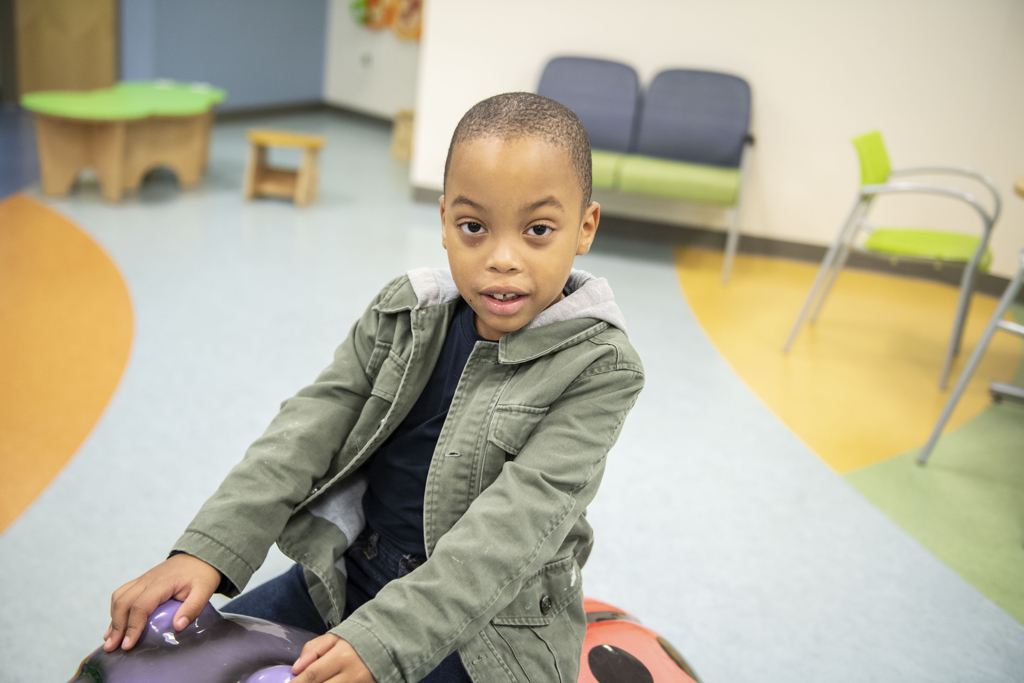
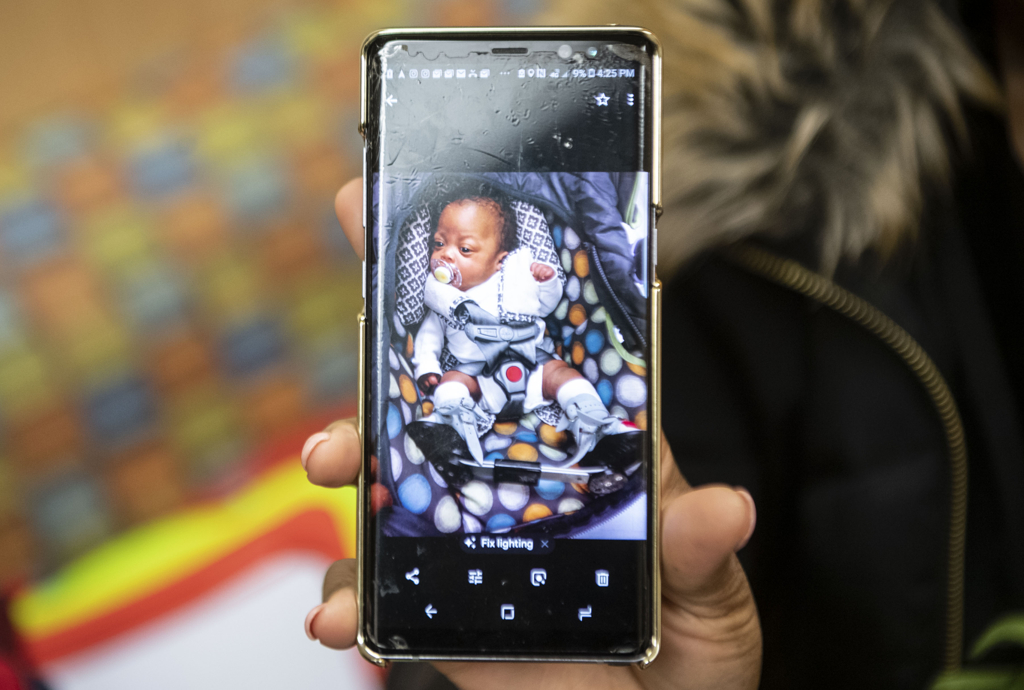
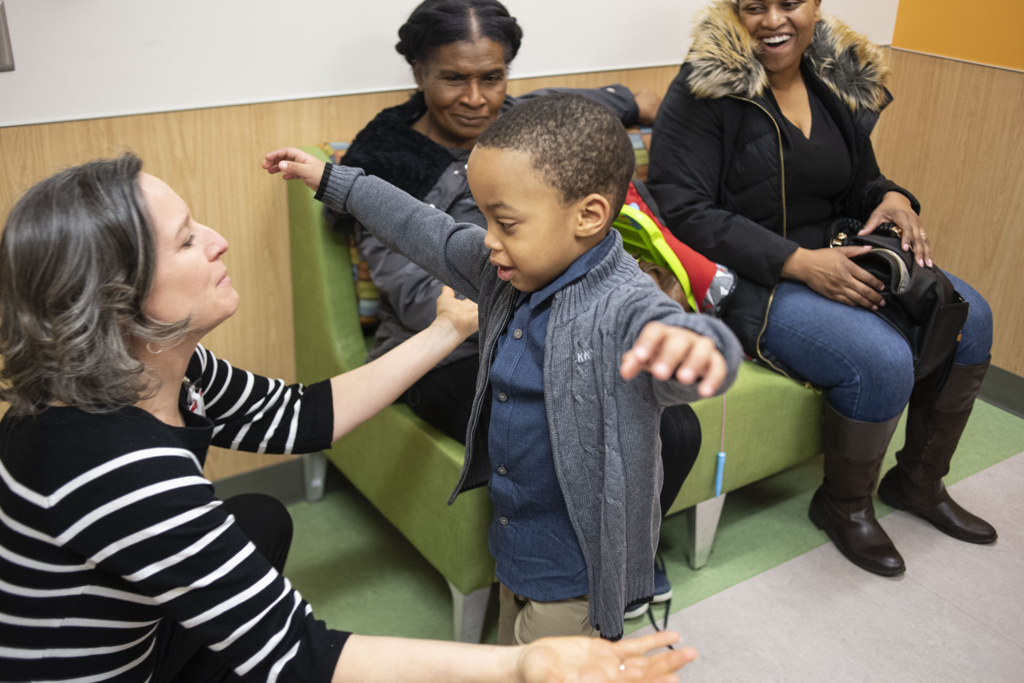

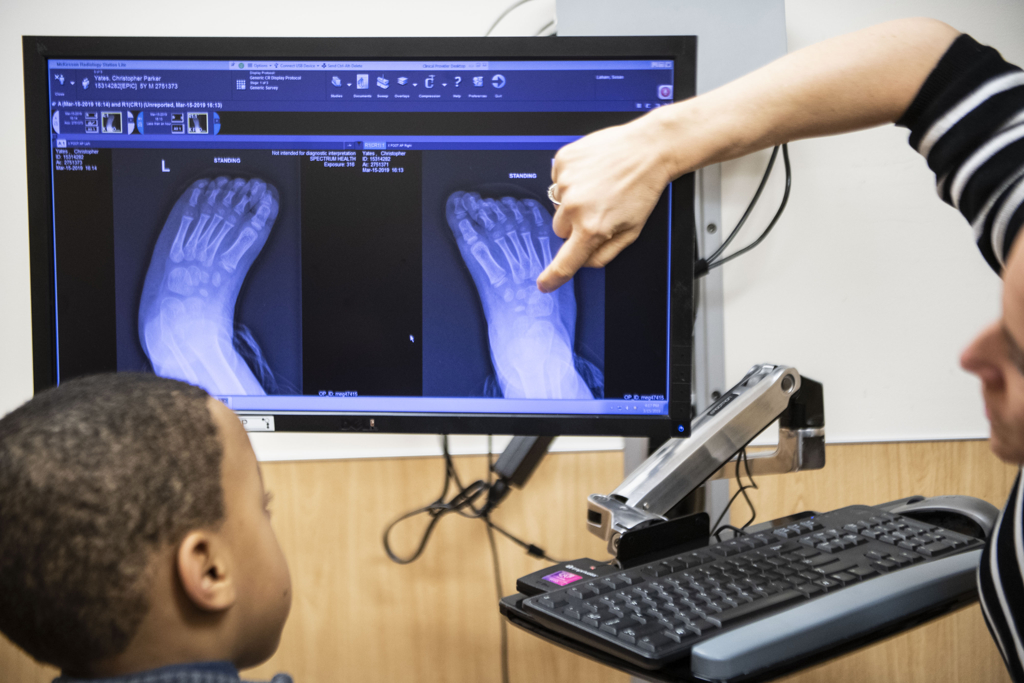

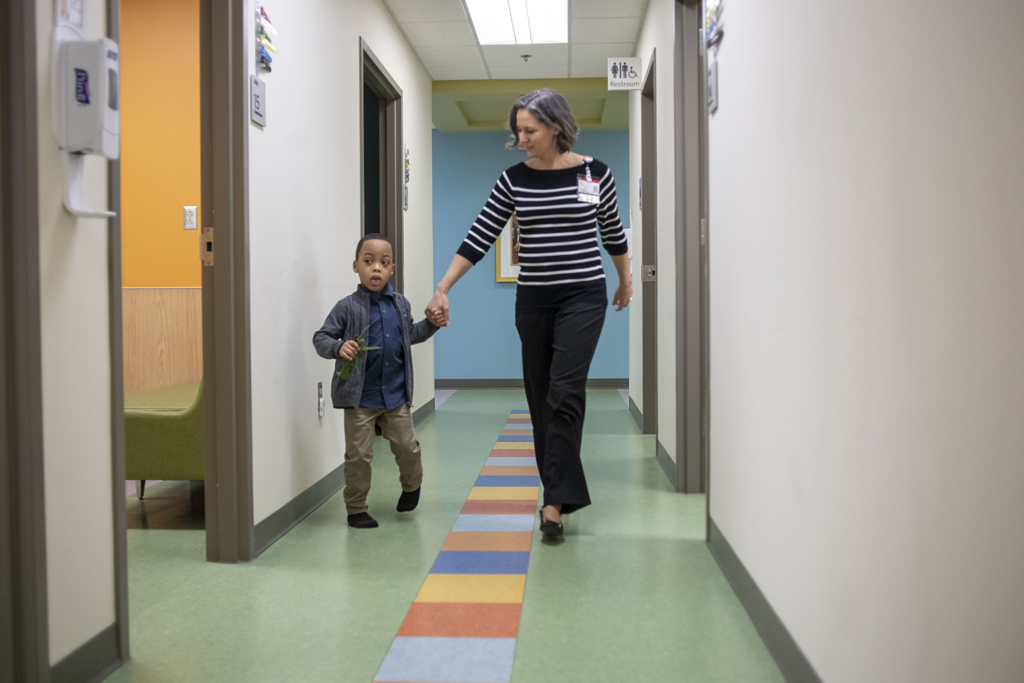
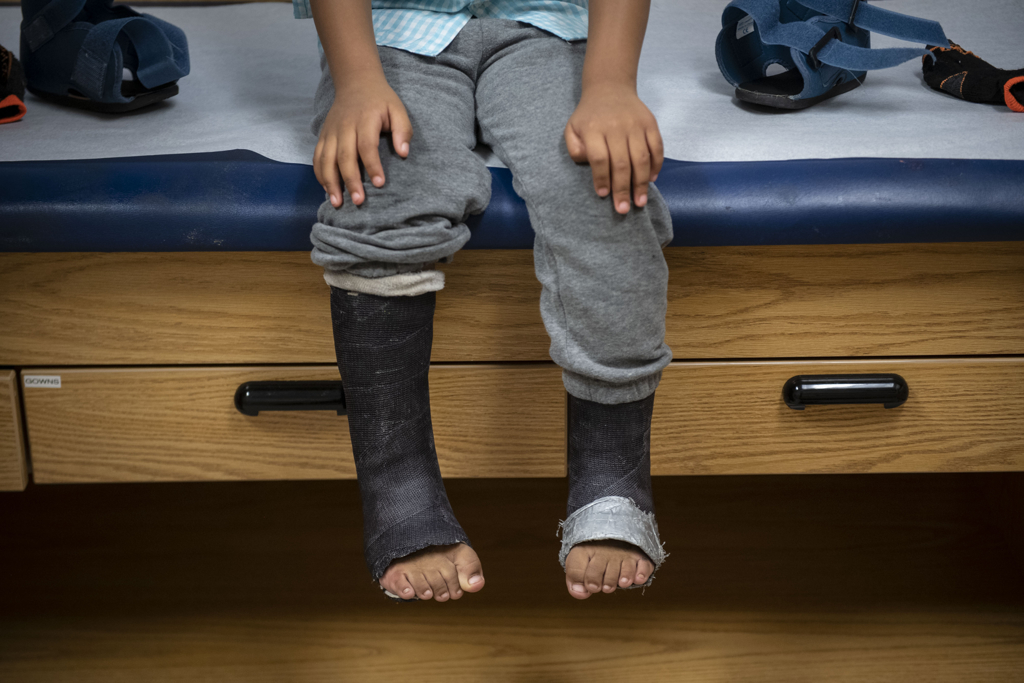
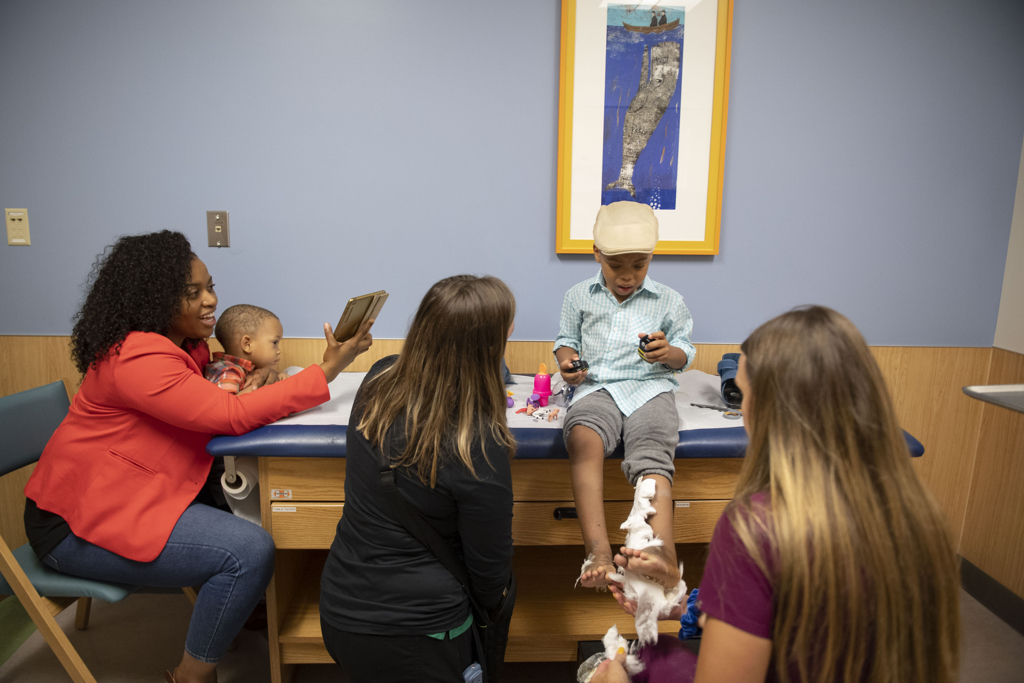
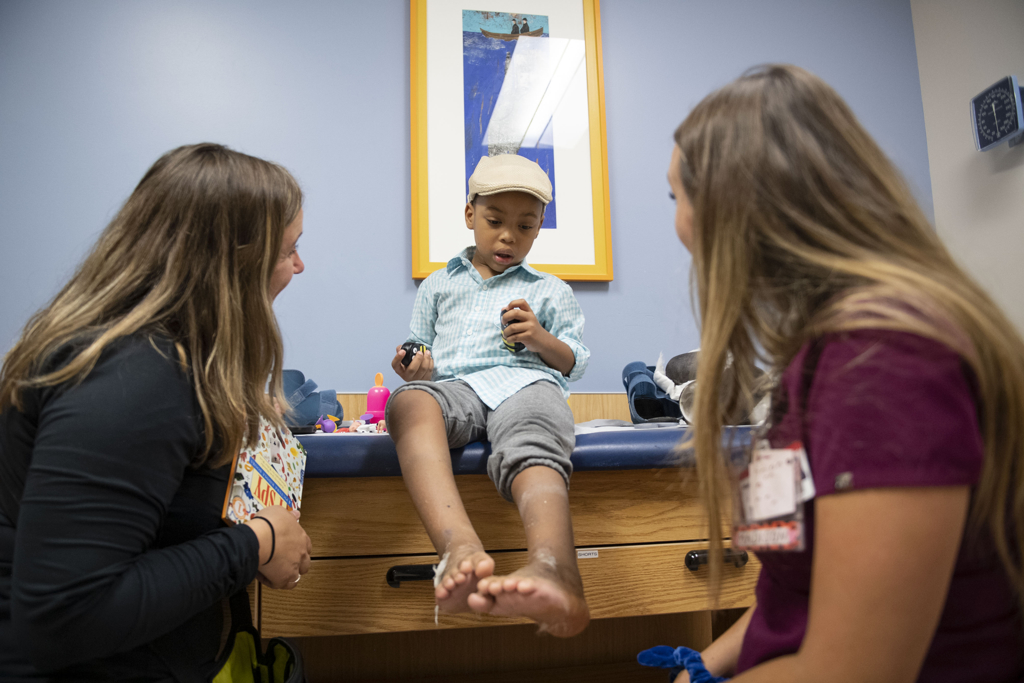

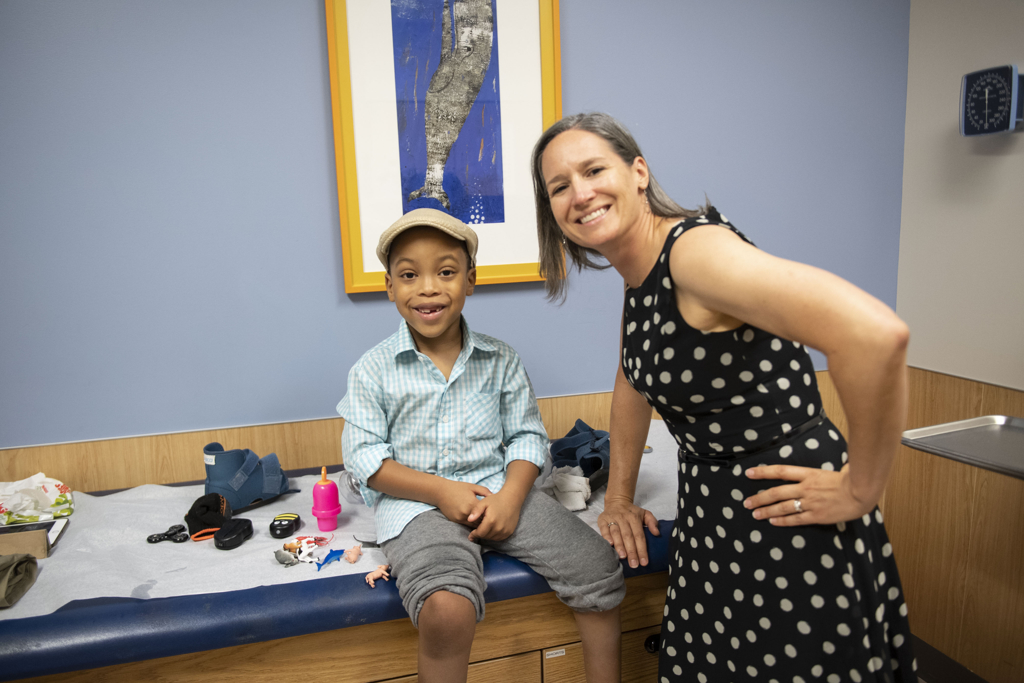
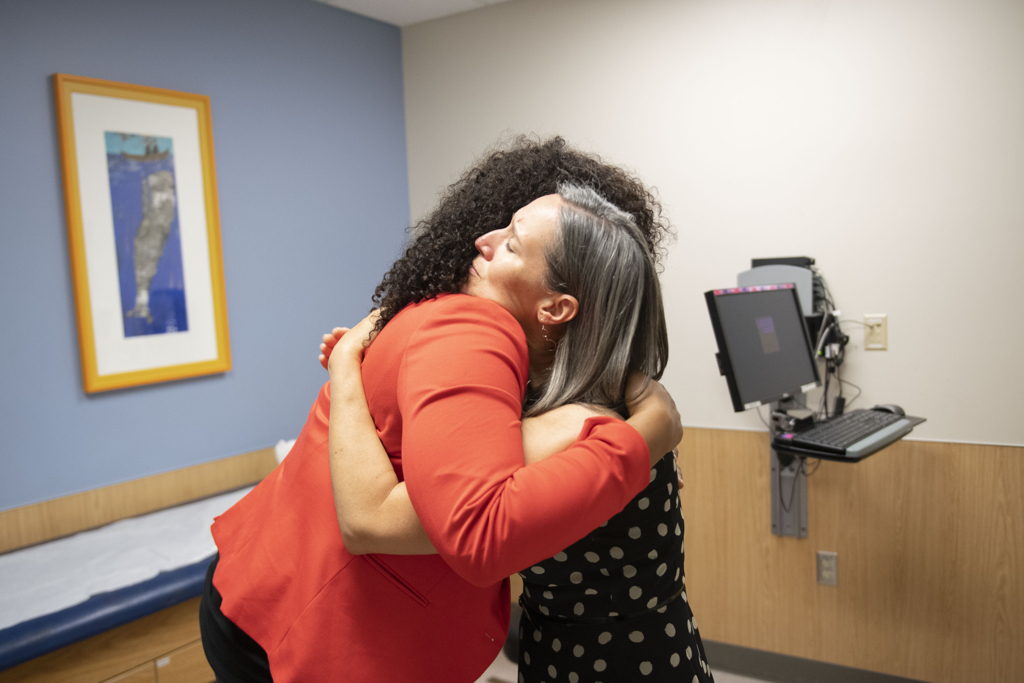

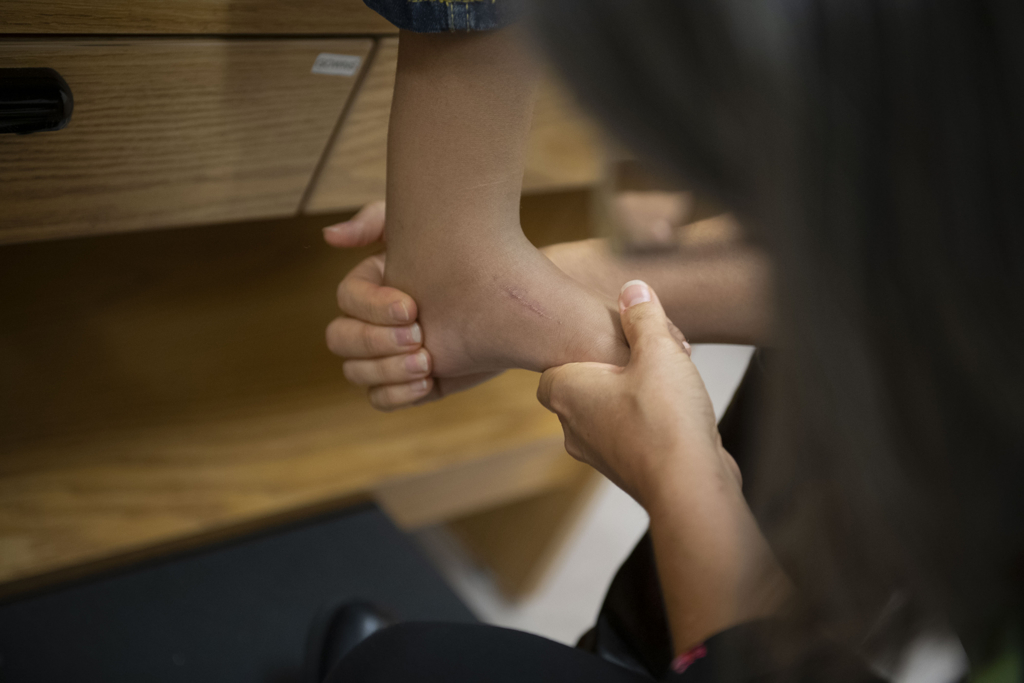
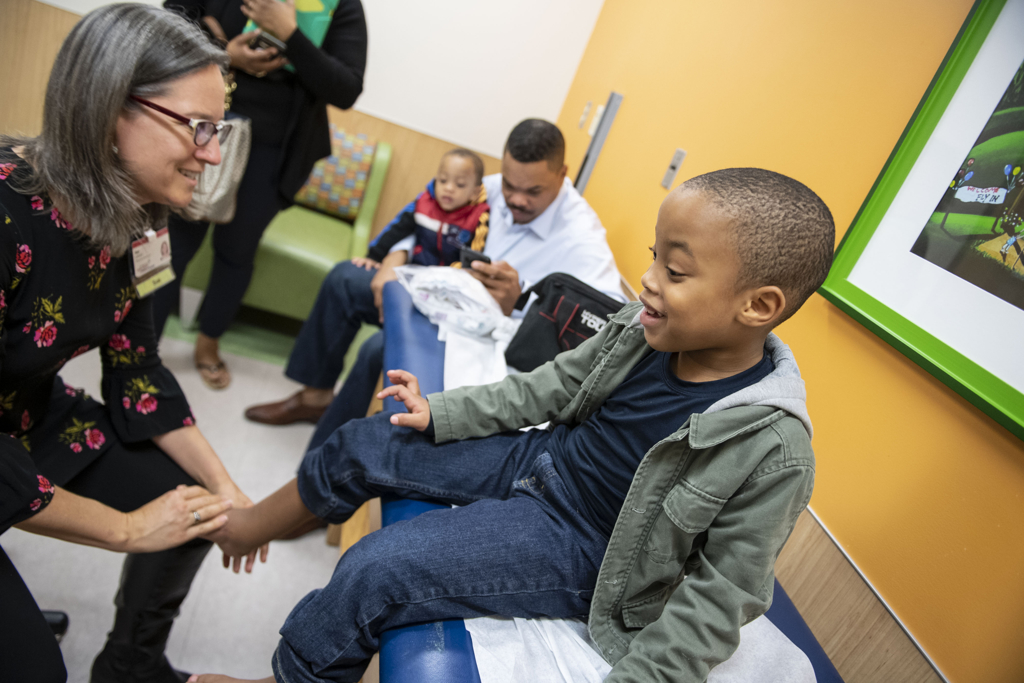
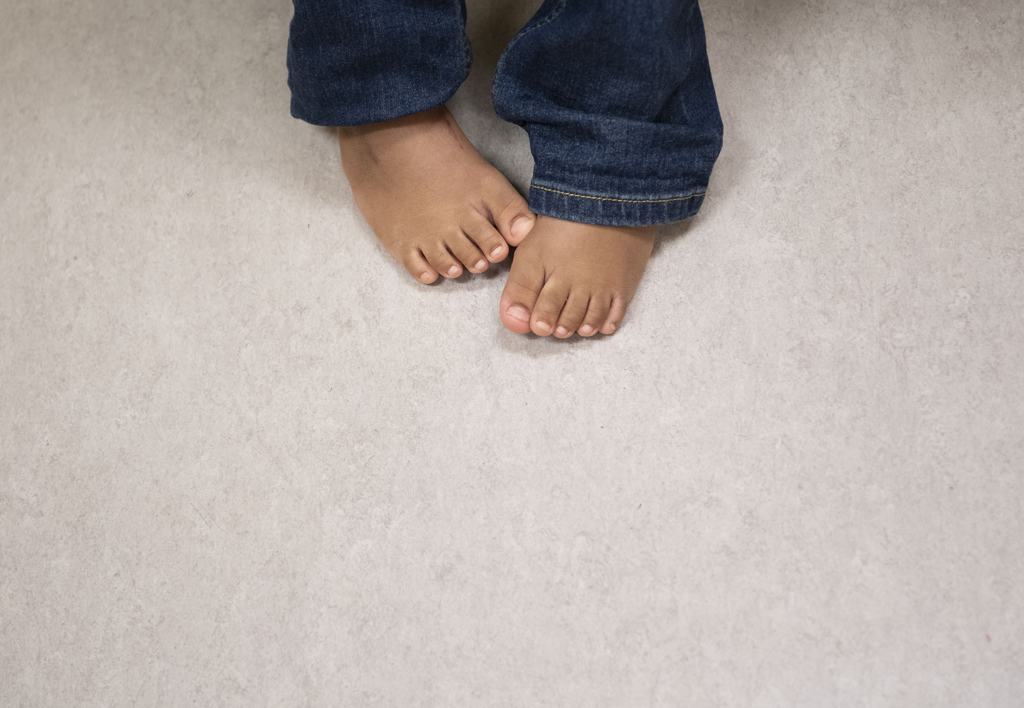

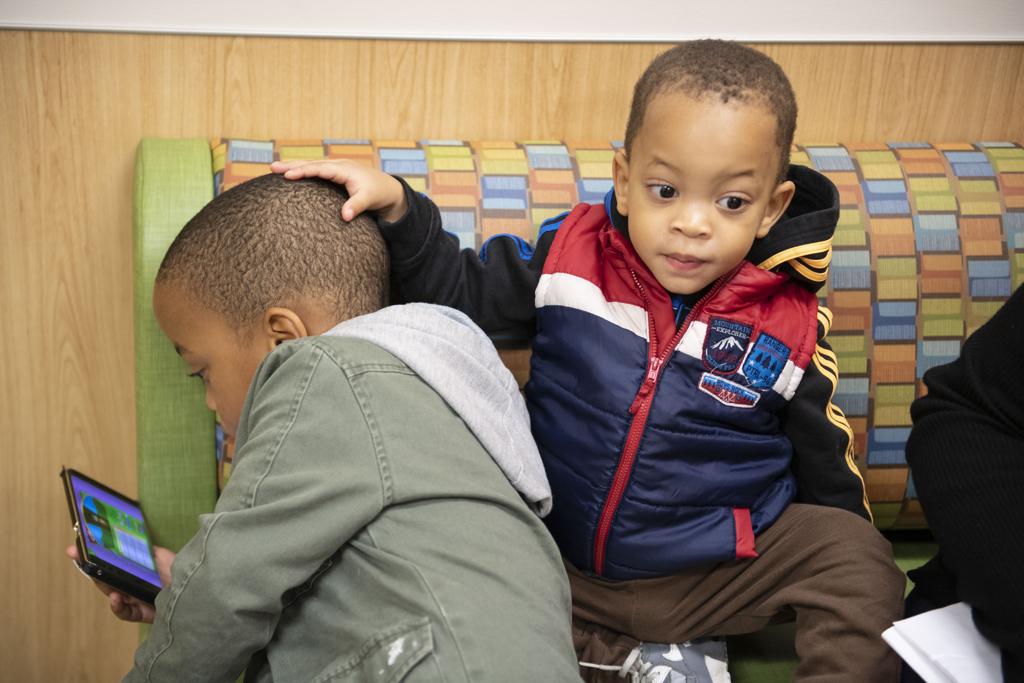
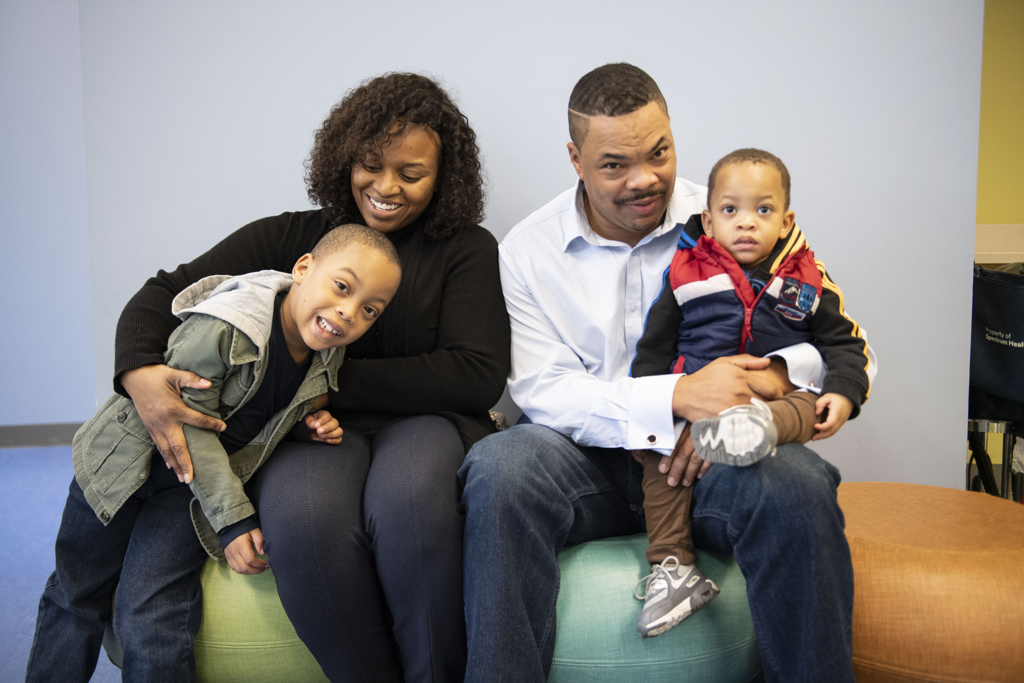






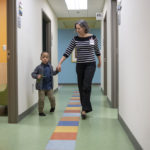













 /a>
/a>
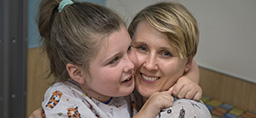 /a>
/a>
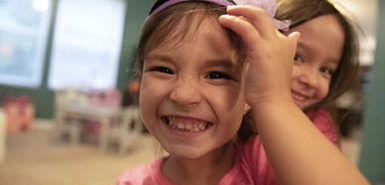 /a>
/a>
What an amazing story!!
What a great and i nspiring story. It is amazing what can be done medically. Such dedicated parents too.
Truly, it took a lot of dedication from his parents. Such a great kid and a wonderful family.
Thank you for sharing your story!! My daughter 5 as well was born with Bilateral clubfoot. We are from Michigan also!! It is so amazing how resilient these kids are and everything they go through but it never slowed her down or stopped her from being a very happy baby and now little girl. We just did the ATTT surgery in Sept of 2019 and she is now back to running, jumping and everything looks good! Wish your little guy the best!
How wonderful, Brandy! Thank you for sharing the good news and best wishes to you and your little girl. 🙂